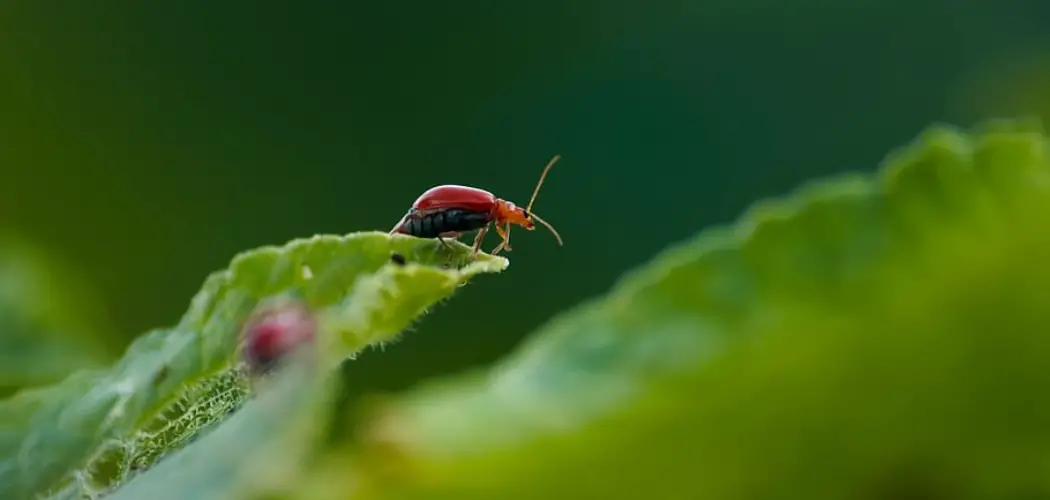Are you frustrated with pill bugs infesting your garden? Pill bugs, also known as woodlice, can wreak havoc on delicate plants and vegetables.
If you’ve ever seen tiny, gray bugs going about their business in your garden’s soil, chances are that those pesky little critters were pill bugs.
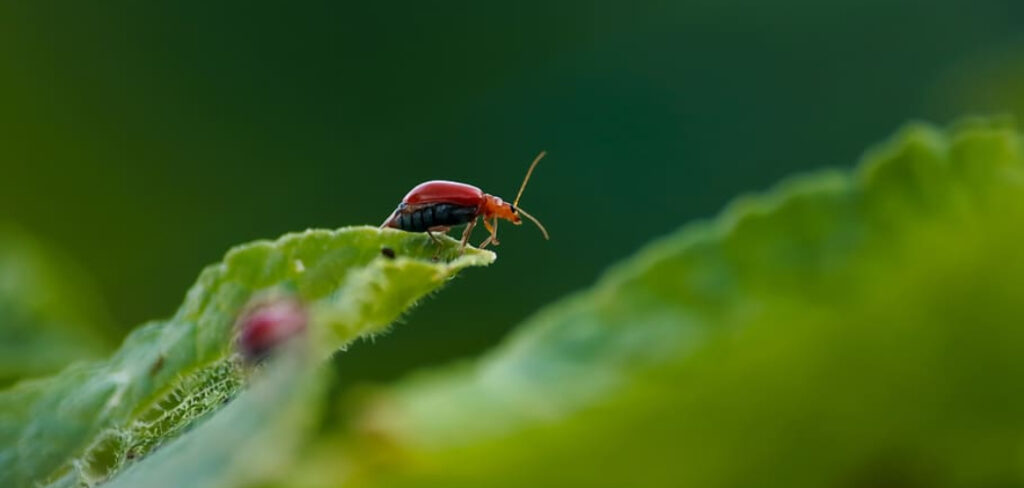
Pill bugs can do a number on any garden – digging around and eating plants at an alarming rate – but luckily, there are effective ways to get rid of them so you can keep your plants healthy and prosperous.
In this blog post, we will explore what a pill bug is, how it got into your garden in the first place, and most importantly how to get rid of pill bugs in garden! So read on for information that may save your beloved garden from these unwelcomed pests.
How Do Pill Bugs Get to Your Garden?
Pill bugs, known as woodlice, are small, grayish-brown crustaceans that look like little armadillos. They are related to crabs and shrimp but don’t have claws or pincers like their cousins. Pill bugs can roll into a tight ball when disturbed or threatened, which is how they got their other name – “roly polys.”
Pill bugs are usually brought in from other areas by wind or human activity. They thrive in damp and moist environments and often congregate near water sources such as bird baths, fountains, and compost piles. If your garden is accessible to these elements, pill bugs might have entered.
What Will You Need?
Now that you understand pill bugs better let’s dive into what you need to get rid of them.
1. A broom or rake
2. Insecticidal soap
3. Neem oil
4. Diatomaceous earth
5. Water
6. Compost pile
Now that you’ve got the necessary supplies let’s get started on how to get rid of pill bugs in the garden! Follow these steps.
10 Easy Steps on How to Get Rid of Pill Bugs in Garden
Step 1. Use a Broom or Rake:
Carefully sweep away any pill bugs you can find on the soil’s surface. This will help get rid of quite a few, but it will only solve the problem partially. If you have a leaf blower, that will work too.
Step 2. Apply Insecticidal Soap:
Spray the area with insecticidal soap to kill off any remaining pill bugs. Make sure to cover all areas where you’ve seen them crawling around. Otherwise, you risk them coming back.
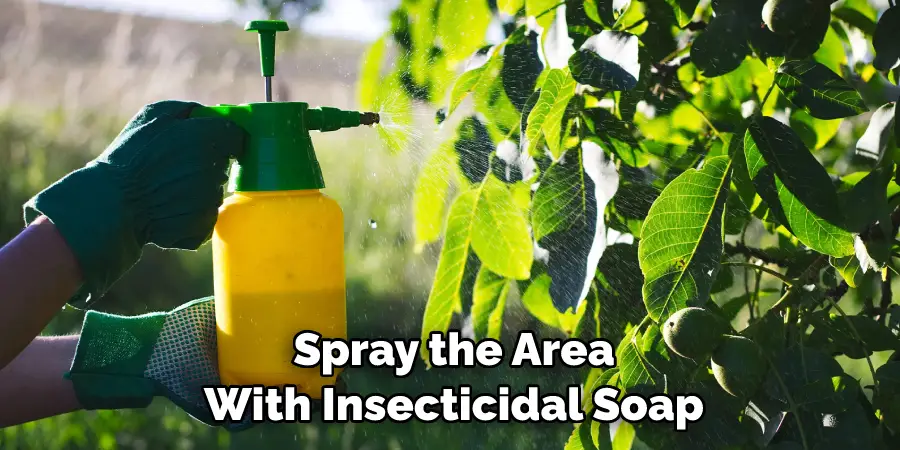
Step 3. Use Neem Oil:
Neem oil is an effective pest repellant and also helps deter other pests from infesting your garden in the future. Apply liberally according to the instructions on the product label. Add it to the soil or spray it directly onto the plants.
Step 4. Sprinkle Diatomaceous Earth:
Diatomaceous earth is a naturally occurring powder made from the fossilized remains of tiny aquatic creatures. It works to kill pill bugs by dehydrating them, so sprinkle it around your garden and allow it to sit for a few days. As a bonus, diatomaceous earth will also help prevent other pests from entering.
Step 5. Let Water Do Its Job:
Pill bugs thrive in moist environments, so keeping the soil dry is key to getting rid of them. Remove any standing water sources and ensure you aren’t over-watering your plants. If you have a sprinkler system, try to keep it at least two feet away from your plants so the pill bugs can’t get close enough to feed off them.
Step 6. Reduce Humidity Levels:
Another way to discourage pill bugs is to reduce the humidity levels in your garden. This can be done by planting drought-resistant plants and using mulch or compost piles that don’t retain moisture too well. Additionally, try to keep your garden well-ventilated so the air can circulate more freely.
Step 7. Increase Sunlight Exposure:
Pill bugs prefer shady areas, so exposing them to more sunlight is a great way to keep them away. Plant taller plants and shrubs around the perimeter of your garden so that they can’t hide in the shadows. Be careful not to over-prune, though, as this can cause the plants to become more vulnerable to pests.
Step 8. Cover Your Soil With Plastic:
Cover your soil with plastic sheets or tarps to ensure you’ve nipped this problem in the bud. This will prevent pill bugs from getting in or out of your garden and ensure your plants are protected from their voracious appetite! Check on the plastic every few weeks to ensure it’s still intact and hasn’t been moved.
Step 9. Keep Compost Piles Away From Your Garden:
Pill bugs love compost piles because they offer plenty of food and moisture – two things these tricky critters need to survive. Keep your compost piles away from your garden to avoid establishing a home in your soil. Always clean up any fallen leaves or debris near your compost pile, which will also attract them.
Step 10. Use Natural Predators:
If all else fails, some natural predators can help rid you of the pill bugs infesting your garden. Ladybugs and ground beetles are great options, as they feed on pill bugs and won’t harm your plants or vegetables. Remember to watch for these beneficial bugs and not use pesticides, which will kill them too.

With these ten easy steps, you can quickly eliminate pill bugs in your garden! Just remember to stay diligent and check frequently for signs of infestation.
5 Additional Tips and Tricks
- Utilize natural predators. Ladybugs, ground beetles, and some spiders will eat pill bugs in the garden. Introducing these predators to your garden may help naturally reduce the population of pill bugs.
- Handpick them off plants or soil and remove them from the area. This is a practical way of controlling pill bug infestations, but it can be time-consuming.
- Plant natural deterrents around the garden. Some plants, such as lavender, mint, and marigolds, are known to repel pill bugs.
- Raise the soil’s pH level by adding lime or wood ash to make it sterile for pill bugs. This can help prevent them from returning.
- Surround vulnerable plants with diatomaceous earth or sand barrier to keep the pill bugs out of your garden beds. Make sure to reapply this barrier after heavy rains or windy days to remain effective against pests like pill bugs.
By following these tips and tricks, you’ll be on your way to keeping pill bug populations in check and having a healthy garden.
5 Things You Should Avoid
- Do not use chemical insecticides, as they can damage beneficial insects, soil organisms, and plants.
- Avoid overwatering your garden beds, as this will make them attractive to pill bugs.
- Don’t leave mulches around the garden, as these may attract pill bugs.
- Do not leave piles of debris or refuse in areas near the garden beds, as these can be hiding spots for pill bugs.
- Avoid using moist organic matter, such as compost, near your garden beds, which could also attract pill bugs.
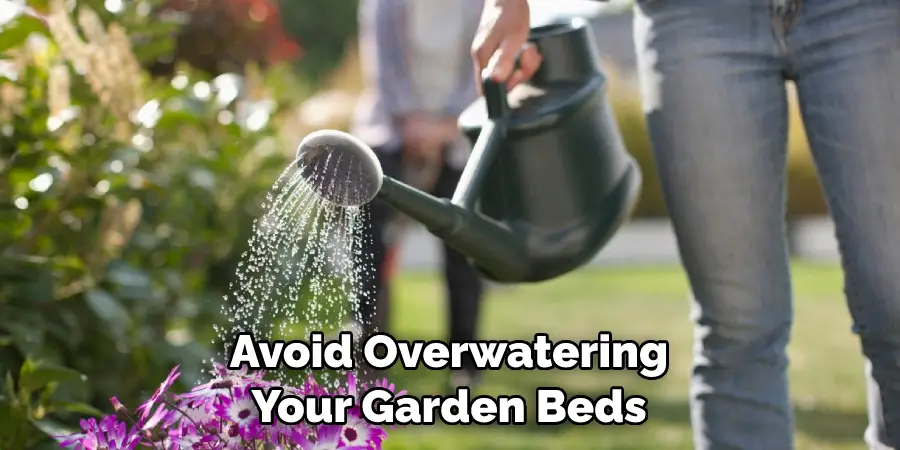
By avoiding these things, you can keep your garden healthy and free from pests like pill bugs. Remember that prevention is always better than a cure for controlling garden pests!
What Are 3 Facts About Pill Bugs?
- Pill bugs are rollie pollies, woodlice, and armadillidiidae.
- They are crustaceans belonging to the family Isopoda and have seven pairs of legs.
- Pill bugs can be found in moist environments such as gardens, fields, and near bodies of water. They feed on decaying plant matter and can benefit the soil by breaking organic material into smaller particles and helping with nutrient cycling.
Knowing these three facts about pill bugs can help you understand why they may be present in your garden and how to control their population without disrupting the natural balance of your environment.
What Are Pill Bugs Sensitive to?
Pill bugs are sensitive to light and changes in humidity. They will hide in dark, moist places during the day and come out at night when it is cooler. Pill bugs also respond to certain chemicals, such as salts or acids, which can be used to bait them away from plants or areas of your garden where they may be causing damage.
In addition, they have a poor tolerance for temperature extremes, so keeping your garden within an optimal range may help reduce their population naturally.
By understanding what pill bugs are sensitive to, you can devise ways to keep them from taking over your garden without using chemical treatments that could harm beneficial insects and other living organisms.
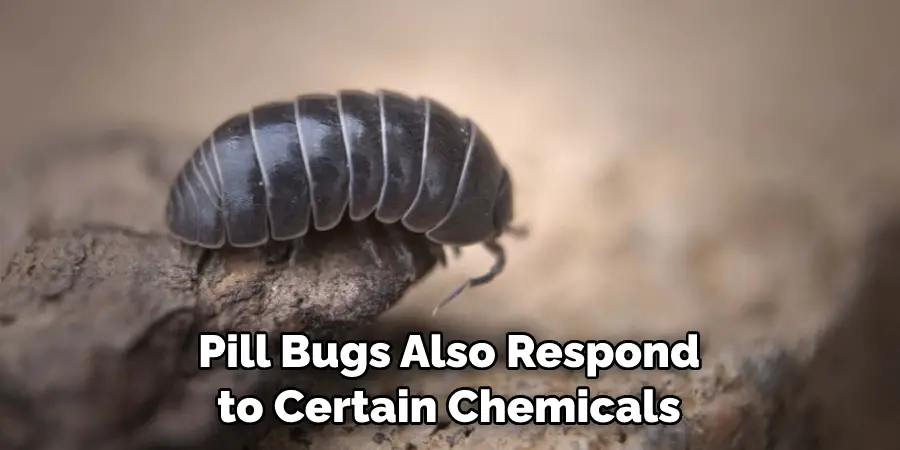
It’s important to remember that prevention is the best way to keep your garden safe from pests, so take the time to learn about pill bugs and their behaviors. That way, you can make sure that they stay away for good!
Conclusion
In summary, pill bugs can be quite annoying in the garden. Fortunately, there are methods you can use to tackle and get rid of them. The most effective methods involve keeping the soil dry, removing debris, using diatomaceous earth, deep mulching, and adding natural predators like spiders and centipedes.
Be sure to use low-phosphorus bait so as not to damage your soil and plants or interfere with the growth of beneficial organisms.
Ultimately, combining these tips should help you ensure that pill bugs don’t ruin your carefully tended garden for good. All it takes is a few quick fixes to keep your garden healthy and beautiful all year round!
Hopefully, the article on how to get rid of pill bugs in garden has been informative and useful. You can now prevent and manage pill bug infestations more effectively in your garden with the information provided here. Good luck!
You Can Check It Out to Kill Ants in Garden Bed

